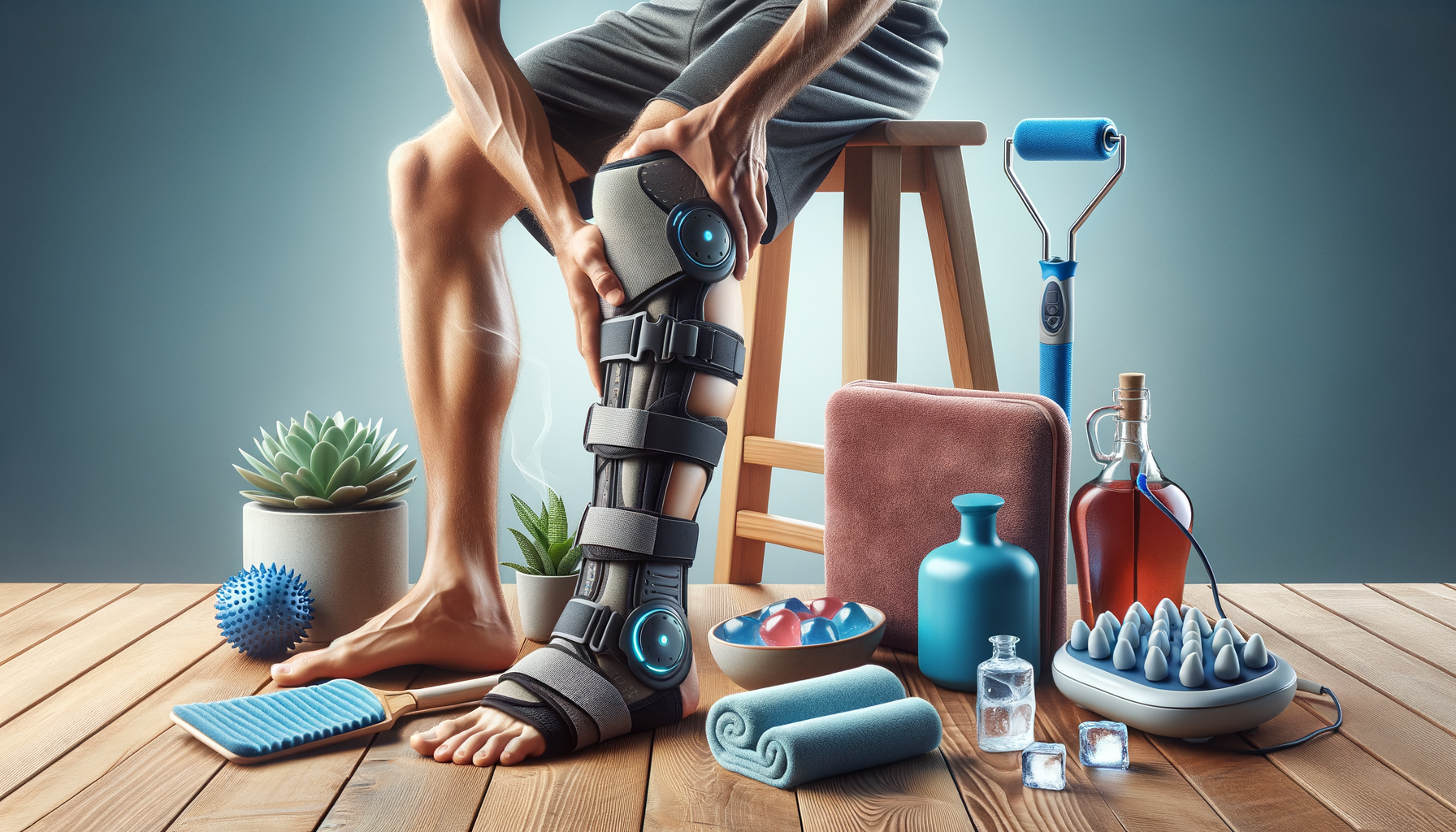Practical Methods to Alleviate Leg Discomfort and Enhance Mobility
Explore effective strategies to ease leg pain and improve your overall mobility.

Understanding the Causes of Leg Pain
Leg pain is a common ailment that can affect individuals of all ages and lifestyles. Understanding its causes is crucial in finding effective solutions. Leg pain can stem from various factors, including muscle strain, injury, poor circulation, or underlying health conditions such as arthritis or varicose veins. The pain can range from mild discomfort to severe, debilitating pain that impacts daily activities. Identifying the root cause of leg pain is the first step in addressing it effectively. For instance, if the pain is due to muscle strain, rest and physical therapy might be recommended. In contrast, pain from poor circulation may require lifestyle changes and medical intervention. By understanding the underlying causes, individuals can tailor their approach to managing and alleviating leg pain, thereby improving their quality of life.
Exercise and Physical Therapy
Exercise and physical therapy are among the most effective ways to alleviate leg pain. Regular physical activity helps strengthen muscles, improve flexibility, and promote better circulation, all of which contribute to reducing leg pain. Low-impact exercises such as walking, swimming, and cycling are particularly beneficial as they minimize stress on the joints while enhancing muscle strength and endurance. Physical therapy, guided by a professional, can provide targeted exercises that address specific areas of pain or weakness. Therapists often incorporate stretching and strengthening exercises tailored to the individual’s needs. Additionally, physical therapy can include modalities such as massage, heat therapy, and ultrasound, which can further alleviate pain and promote healing. By integrating exercise and physical therapy into their routine, individuals can effectively manage leg pain and enhance their overall mobility.
Diet and Nutrition
Diet and nutrition play a significant role in managing leg pain. A balanced diet rich in essential nutrients can support muscle health and reduce inflammation, which is often a contributor to pain. Consuming foods high in omega-3 fatty acids, such as fish and flaxseeds, can help reduce inflammation. Additionally, ensuring adequate intake of calcium and vitamin D is crucial for bone health, which can prevent conditions like osteoporosis that may lead to leg pain. Hydration is also key, as dehydration can lead to muscle cramps and exacerbate pain. By focusing on a nutrient-dense diet and proper hydration, individuals can support their body’s natural healing processes and potentially reduce the severity of leg pain.
Alternative Therapies
Alternative therapies offer additional avenues for alleviating leg pain. Practices such as acupuncture, chiropractic care, and massage therapy have gained popularity for their potential to reduce pain and enhance mobility. Acupuncture involves the insertion of thin needles into specific points on the body, which can stimulate nerves and promote pain relief. Chiropractic care focuses on the alignment of the musculoskeletal system, particularly the spine, which can influence leg pain. Massage therapy, on the other hand, helps relax muscles, improve circulation, and relieve tension. These therapies can be used in conjunction with traditional medical treatments to provide a holistic approach to managing leg pain. It’s essential for individuals to consult with healthcare professionals to determine the most appropriate therapies for their specific condition.
Lifestyle Modifications for Long-Term Relief
Long-term relief from leg pain often requires lifestyle modifications. Simple changes can have a profound impact on reducing pain and improving mobility. Maintaining a healthy weight is crucial, as excess weight can put additional stress on the legs and joints. Incorporating regular physical activity, as mentioned earlier, is vital. Additionally, individuals should focus on ergonomics, ensuring that their work and home environments support good posture and reduce strain on the legs. Wearing appropriate footwear with adequate support can also prevent and alleviate pain. Furthermore, stress management techniques such as meditation and yoga can help reduce tension and promote overall well-being. By adopting these lifestyle changes, individuals can achieve sustained relief from leg pain and enjoy a more active, fulfilling life.